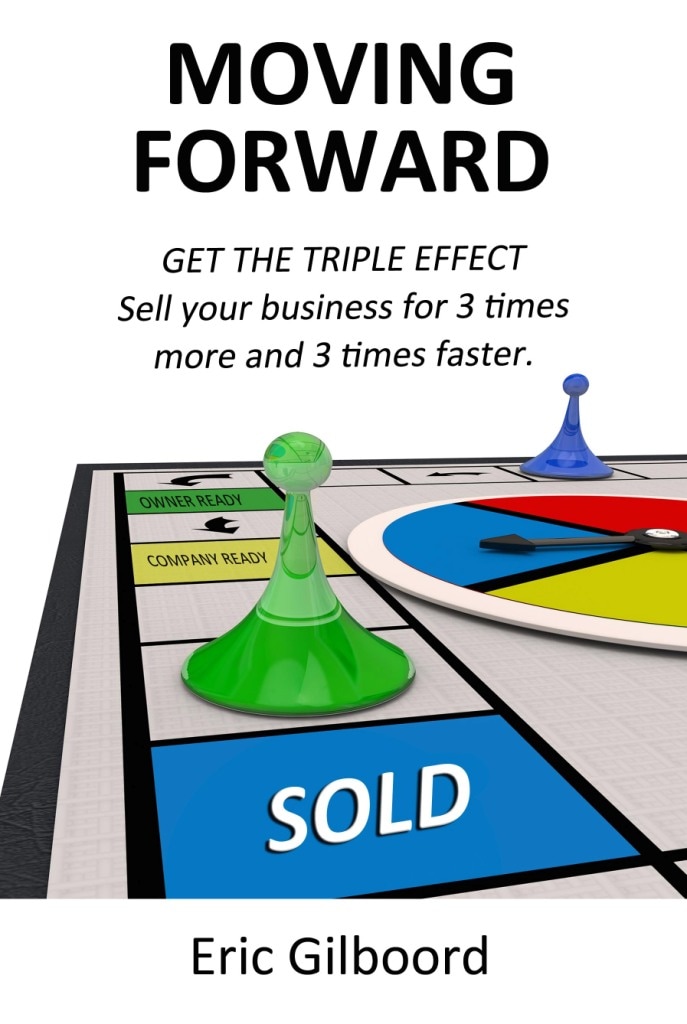by Eric Gilboord from his new book 'Just Tell Me More'.
A company specialized in renting and selling large screen TVs. A pioneer eight years ago, it now faced growing competition. Large flat screen TVs were readily available from many retailers including television specialty retailers and warehouse stores.
The real opportunity was in home theatres and office presentation rooms. To build these types of facilities required experience and expertise. The company had to act quickly to establish its name firmly in consumers’ minds before it lost the advantage of being first. It began to prepare a marketing plan by researching its target markets.
Market research showed that the best prospects were men and women who owned their own businesses. They were candidates for purchasing multiple units at one time. A large screen TV enriched their leisure time at home and could be used for presentations and to show instructional videos to employees at the office.
The marketing plan identified a distinct difference between them and their competitors. The companies’ purpose built showroom was a much better environment to demonstrate the range of products it carried, from home units to boardroom calibre large format TVs. The opportunity was in reinforcing its position as an expert in this field; major competitors, such as department and appliance stores, were now carrying the smaller versions of large flat screens but did not possess the same level of experience and expertise they did.
The marketing plan outlined a clear objective: to get as many prospects to their showroom as possible. The strategy was to invite prospects working within three miles of its showroom to join the staff for cocktails and to view a special event on a very large screen TV in one of their purpose built theatre/presentation rooms.
Many different events were offered from live sports to movies, special television series events and award shows. They were combining a leisure activity with a business function.
During the planning process, the owner realized that funding for this type of promotion would be more costly than he had budgeted for. He decided to enter into promotions only if he had a partner, preferably a supplier, to help defray some of the costs. A supplier made the best partner as it would have only the retailer’s interests in mind: the more successful the retailer was, the more units the supplier could sell. If another retailer had been a partner, they would have probably focused on their own business.
The owner presented his marketing plan to several suppliers. A major supplier liked the party concept so much that he offered to chip in $15,000 plus additional funds based on a percentage of sales (commonly called coop dollars). If the owner hadn’t recognized the resources at his disposal, thought the program through, and detailed his plan in writing, he might have missed a chance to mount a very effective marketing effort. The owner plans to offer joint-promotions to other suppliers as part of his strategy to enlarge his client base.
Suppliers are often approached by their customers to share the costs for a marketing program. They cannot say yes to every opportunity but must evaluate each idea on its own merits. The first thing they look for is a commitment to the concept from their customer, in this case, the owner. Having the promotion written out and presented in a logical, detailed manner helped the supplier to get the funds approved by his company and to make the final decision to participate. If the owner had not prepared a marketing plan, the supplier might not have agreed to provide funding.
In my experience, millions of dollars are often left on the boardroom table as many small business owners don’t even bother to ask their suppliers for assistance. You don’t get if you don’t ask.
Eric Gilboord A2E
If you would like assistance with a promotion click here.








